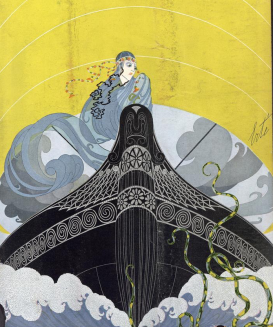This book examines the way that new technologies, international ideals, and scientific practices changed the way that oceans were studied and imagined in the 1920s and 1930s. As distinctive natural spaces, the oceans had long challenged science both in terms of vast scale and the difficulties of observation. The development of radio, aviation, and the submarine brought new dimensions and opportunities to these spaces. Studies of global phenomena and large regions, like ocean-atmosphere relations or ocean basins, were invested with new significance at the same time as new technologies offered fresh possibilities of encompassing them. The blank spaces of the ocean could be filled with data, and the interrelationships of vast natural phenomena exposed. Such ambitions highlighted questions about how to coordinate observations and disciplinary styles. At the same time, after the catastrophes of 1914–1918, scientists sought to rebuild research programs, on the one hand, and the unity of the scientific community, on the other. Self-conscious of a break between themselves and the expeditions of previous centuries, the projects of the 1920s asked how modern scientific observers should position themselves on the ocean. Interwar expeditions and networks, then, provide a view of debates about the conception of global phenomena, and of scientific internationalism, while also showing how cultural traditions of naturalism were re-shaped at the same time.

Erté [Roman de Tirtoff], cover of Harper’s Bazaar, June 1918.
Project
(2018)
